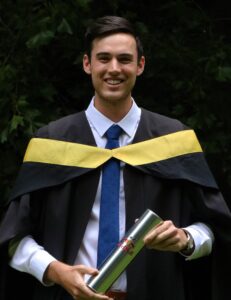Social Media Payments for Minibus Taxis
The minibus taxi industry has been resistant to formalisation. Literature has some attempts by other people and organisations to try and formalise this industry. The most common first step in all their attempts to this formalisation has been to eliminate the use of cash. Unfortunately, their methods of eliminating cash have been around the use of bank cards and bank account tied methods which excludes the poor and unbanked majority that actually use minibus taxis on a daily.
My MEng research is to develop and propose a poor people inclusive, and modern way to eliminate the use of cash, to be specific, I explore the combination of mobile money and social media chatbots.






